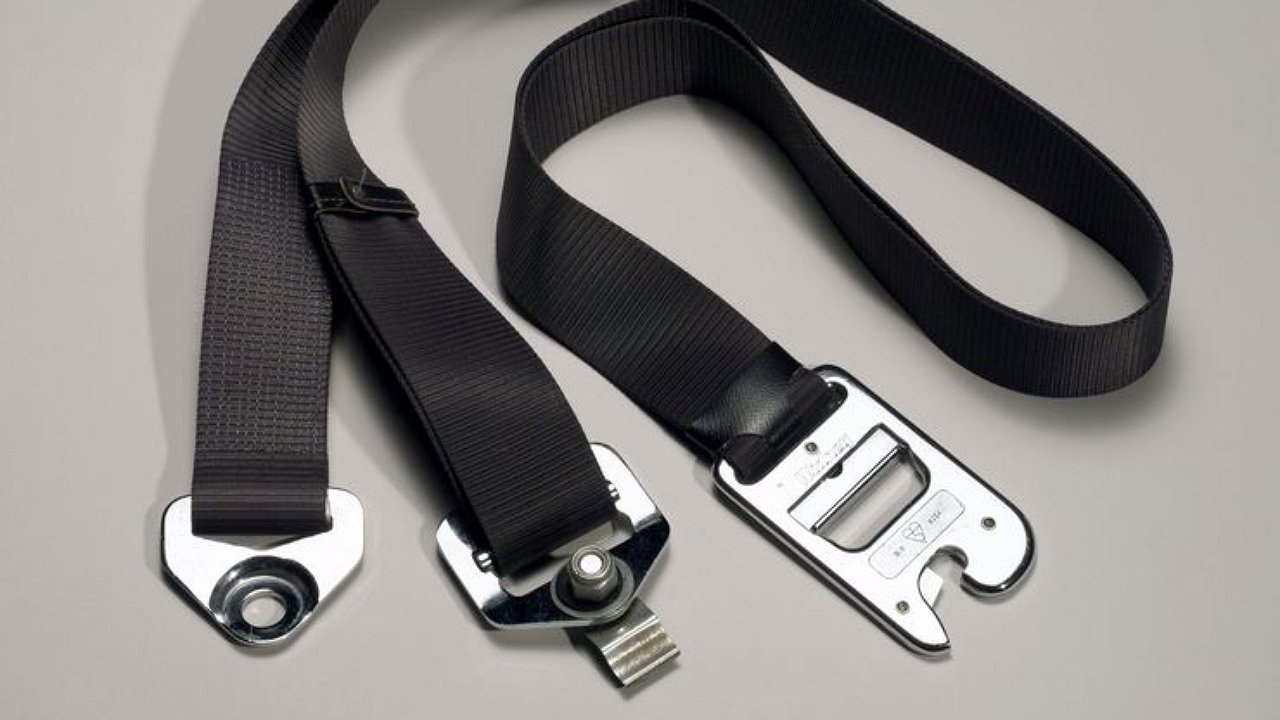Frankly, it is a pleasure to watch the work of a professional reseller, appraiser or car picker. Emphasis on the word “professional”: these guys have really eaten a lot of salt on used cars, have learned to identify the true reasons for the sale and know how to solve this or that problem cheaply and cheerfully. Yes, they also know the real price of the car, but they will never say it out loud. But they can share little tricks if you ask politely.
After admiring the process of street diagnostics, an increased attention to seat belts was noticed. The specialist carefully examined them, completely unscrewed them and spent a lot of time on this not the most remarkable element of the car. Fortunately, the conversation developed and it was possible to ask a few questions: What are you looking for, professor? It turned out that a trivial seat belt can tell a lot about the fate of a used vehicle.
The first step, of course, is to inspect it for cleanliness: a dirty belt tells a story about the owner and his attitude toward the vehicle, while a worn belt tells a story about its actual use. Dirt – read, they did not like it and did not take special care of it, they treated it like a consumer, so you should not expect miracles. They didn’t invest much money, otherwise they would have found time to go to the car wash and wash the belt. The tape is worn out – the car has been driven a lot, not on the highway, but around the city. A broken and scratched lock means the same thing.














